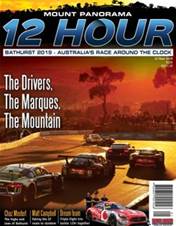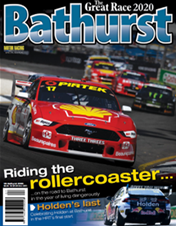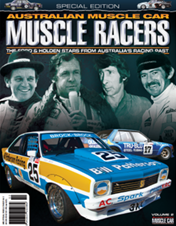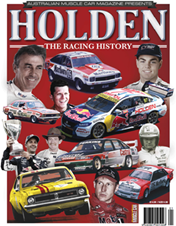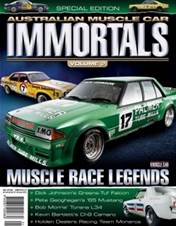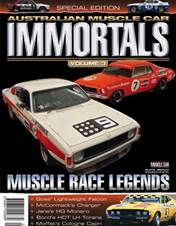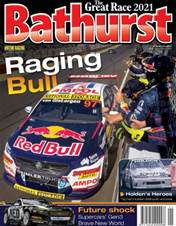For many Holden fans the idea of a Holden race machine not powered by a V8 engine is unthinkable. And yet, for all the glorious history of V8-powered Monaros, Toranas and Commodores in Australian touring car racing, the real heritage of Holden’s motorsport history lies with its six-cylinder engines.
It’s a six-cylinder legacy that runs deep. Let’s not forget that for the first 20 years of Holden’s existence, there was no V8. And even when the first V8-engined Holdens did appear, with the 307 and 327 Chevys that became available in the HK range, it was some time before they began to find their way onto our racetracks en masse. Even as late as the mid-1970s, for example, a well-developed six-cylinder Torana XU-1 Sports Sedan was likely to be just as quick as one with a V8 transplant – as well as being less expensive and more reliable.

Similarly in touring car racing, the Torana SL/R 5000 and the L34 upgraded version were, in their debut year of 1974, hardly a demonstrable improvement on the tried-and-true XU-1. Hindsight is a wonderful thing but, given the disaster that did transpire at Bathurst with the new LH model Torana L34s in 1974, the Holden Dealer Team may well have not lost that race had Harry Firth hedged his bets by running an XU-1 as backup (indeed, Bob Morris was so unimpressed with the unreliability of his new L34 that he thought he’d have a better chance of winning Bathurst in ’74 by sticking with his old XU-1).

You have reached an article available exclusively to Premium members.
JOIN FROM AS LITTLE AS $6.66 A MONTH* FOR INSTANT ACCESS.
Already a member? Log in
* Billed annually at $79.90


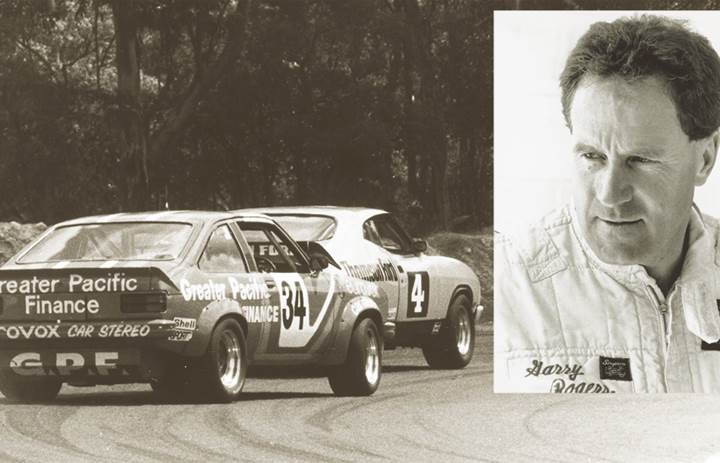


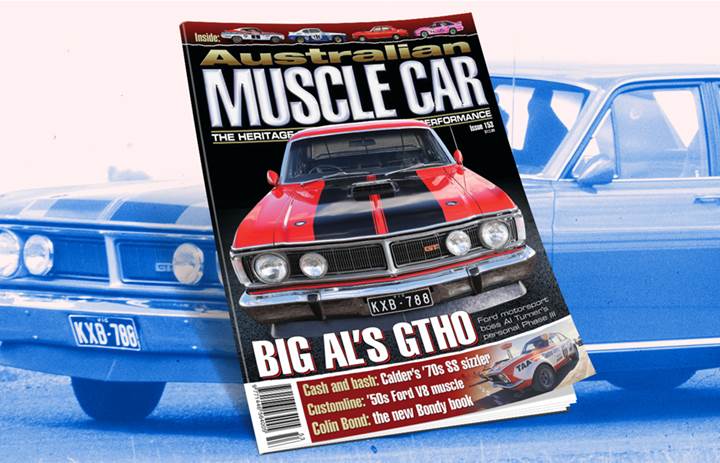
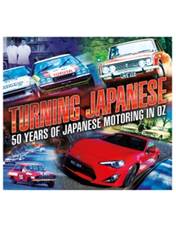
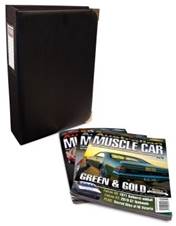


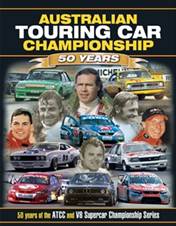

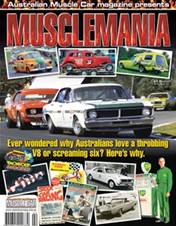
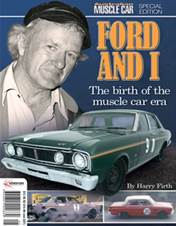
.jpg&q=70&h=226&w=176&c=1&s=1)
